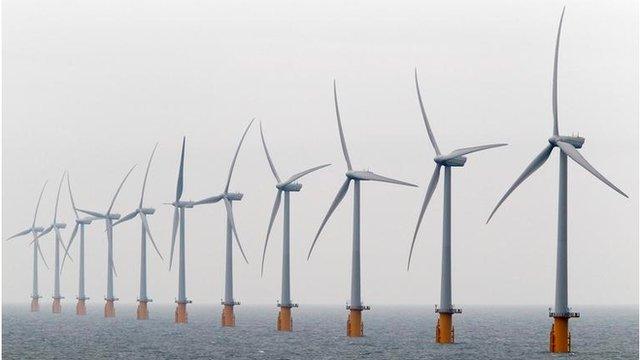Why Tesla is backing batteries
- Published

Powerwall uses the same basic batteries found in many electronic gadgets
Car maker Tesla has unveiled plans to start making large batteries that can be used to store power in homes and businesses.
It has unveiled two versions of the wall-mounted battery packs and said it hoped to start shipping and installing the devices by the summer.
BBC News looks into the announcement and its implications.

Why is a car maker helping power homes?
The same technology used to power Tesla cars, a lithium ion battery, will also be used in the large battery packs it is about to start making.
It is likely that many of the first people to buy a battery pack will be people who already own a Tesla car and are looking for a cheaper way to charge their vehicle.
In many places, charging the car's battery using solar power will be much cheaper than doing it using electricity from the grid.
Aside from this, the battery packs could prove useful to people keen to cut their electricity bill by generating some of the power they use from the sun. Others may use them to store energy bought when it is cheap so they can avoid paying for higher-priced power.
Tesla also has plans to sell the batteries to utility companies as a way for them to store the power they generate at times of low demand.

Are the home batteries the same as those in Tesla cars?
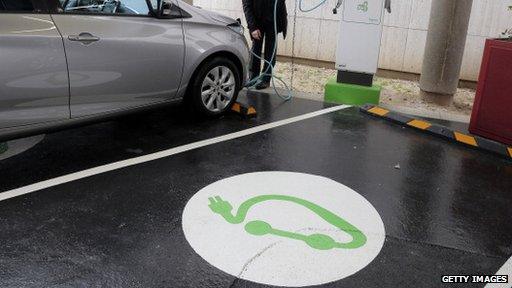
Car charging points are starting to turn up in many cities
Not exactly. Those in the cars are optimised to charge more quickly than the domestic versions.
Lithium-ion technology is very well established and is used in the majority of gadgets that have rechargeable batteries. Other electric cars use them to store power too.
Before now one of the bottlenecks holding back wider adoption of lithium-ion batteries has been a lack of factories making them. Tesla hopes to address this with the building of what it calls a gigafactory which, when completed in 2020, will be the world's biggest.
The building of the factory, says Tesla, external, should help drive down the cost of the technology.

Are there other obstacles to large-scale adoption?
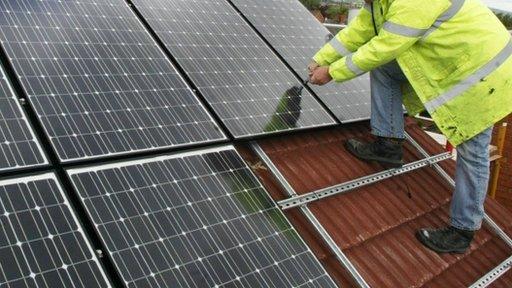
The cost of installing solar panels and the Tesla battery may be too high for many people
Yes. Cost. The price quoted by Tesla does not include installation of the unit. To this needs to be added the cost of installing solar panels to gather energy.
It might take years for the combination of solar panels and battery to pay for itself.
Tesla claims that its batteries could be useful during disasters when power is knocked out for days. However, well-established generator technologies that are powered by petrol or diesel will probably remain cheaper than lithium-ion batteries for some time.
Despite this, Tesla is working to remove one big obstacle which is getting commercial partners aligned to be able to deliver and install the technology in homes.

Is Tesla the only company doing home power storage?
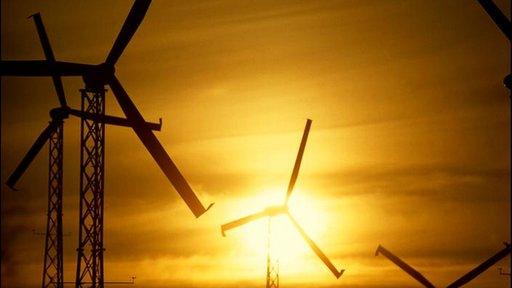
Power storage can smooth out fluctuations in the supply of renewable energy
No. Many other companies and nations are keen to find ways to power energy generated from renewable sources. Sometimes this is because the supply of the power from wind, water and the sun can fluctuate - a reliable store will help smooth out the peaks and troughs.
In addition, some sources of renewable energy, such as solar power, are absent when people need power the most - at night. Again, storing power would help solve this problem.
Home storage of power is also getting more interest because in many nations, established electricity generators are slashing the rates they pay customers who provide them with power from the solar panels mounted on the roof of their home.
In the UK, there are several small-scale trials involving a few hundred homes that are based around systems that store power generated from the sun.

Could the battery systems be used in developing nations?
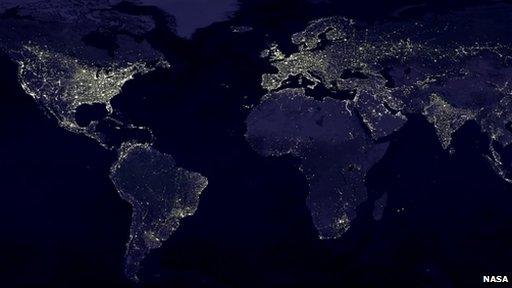
Many regions lack the power infrastructure to keep homes lit at night
Tesla thinks so. However, there can be many reasons why people in such places do not have power. It is not clear that a relatively expensive system such as Tesla's will work well in such locations.
In addition, there are many NGOs and green innovation firms looking at bringing much cheaper, and more robust, power generation systems to developing nations.
What is clear is that although many of these places have an abundant supply of solar power they lack the infrastructure and local expertise that are likely to make the Tesla initiative a success in the US.
- Published1 May 2015
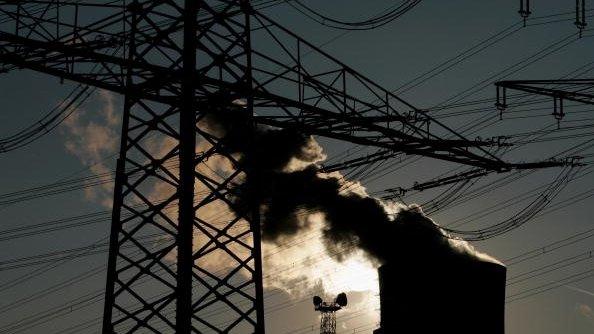
- Published31 March 2015
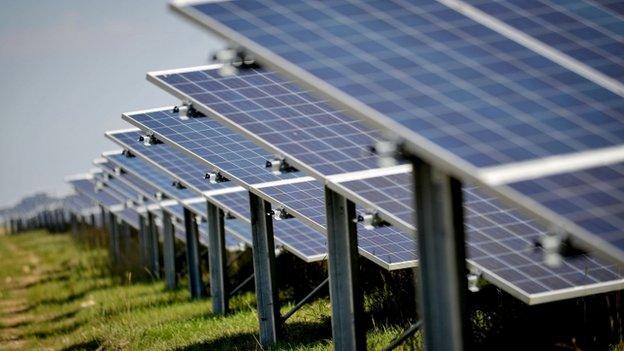
- Published24 March 2015
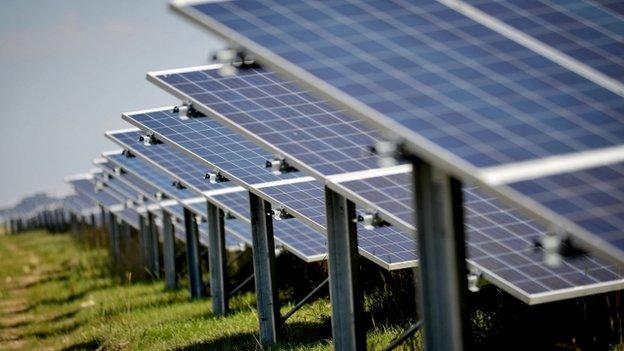
- Published26 February 2015
